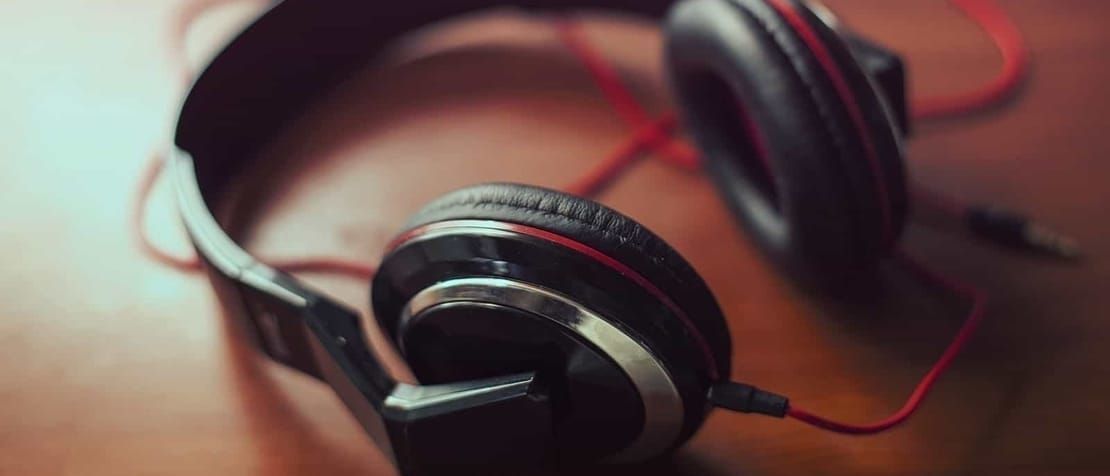
Safe listening devices: Volume and hearing loss
Matt Brady still struggles with hearing loss. He suffered permanent hearing damage in 2009 after listening to music on the treadmill at home, playing it at a volume that his parents could hear on the floor below. Soon after, Matt started to experience pain in his head followed by loss of hearing. Today, Matt’s hearing has returned but he still struggles with conversations in noisy environments such as a restaurant or group discussions.
Currently, over 43 million people between the ages of 12 and 35 live with disabling hearing loss, and a further 1.1 billion young people worldwide are at risk due to unsafe listening practices.
Earlier this year, Mr Brady gave a keynote speech at the WHO/ITU Joint Stakeholders’ Consultation for Safe Listening Devices. ITU spoke to Matt about his experience and what advice he would offer to people who regularly listen to loud music.
What was it like speaking at the WHO/ITU Joint Stakeholders’ Consultation for Safe Listening Devices event and sharing your story?
It was very powerful. I believe that education and advocacy is the best way for us to inform young people that there can be serious consequences to extended use of music and listening devices at high volumes. Having the opportunity to share my story with the people who will be the leaders of that change was very important to me so that they know that this problem is real and affecting many people.
And what happened to you exactly?
It’s honestly very hard for me to describe because I’m still not exactly sure what happened. On that day, when I disconnected from my listening device, I was in pain and unable to hear. This sensation lasted for the good portion of that day, and then, as the summer dragged on, I noticed I was continuing to have pain in my ears and my head, and was beginning to have trouble hearing people in noisy situations which I never had before.
Was it easy for the doctors to link the hearing damage that you suffered to you playing the music device too loudly?
Absolutely not! It took almost a year from the time I first noticed the problem to the time a doctor was conclusively able to link the two. Multiple doctors – from my paediatrician, my neurologist, ear doctors– failed to grasp why I lost my hearing, partly because every test that they ran came back as normal. It took someone who really understood noise and noise-related hearing loss to say yes, your music device has caused this damage.
And what’s your advice to all the people who listen to music too loudly.
I would beg them to not keep the volume too loud: around 50 per cent of the maximum volume is a safe level, and it is not so low that you can’t still enjoy your music. Be smart about your listening habits, and if you’re going to be listening for an extended period of time, don’t have the volume at maximum levels. I would not like my generation be extremely hard of hearing when we get older, so I think education is the best way to help people understand that there is a problem, register what they can do is simple, and take the changes that they need to protect their hearing for the long term.
This blog is edited from Mr Brady’s interview on safe listening devices. Watch the conversation in full below.
Note from ITU
ITU is engaged in a number of activities to promote ICT accessibility for persons with disabilities.
ITU-D Study Group 1 Question 20 addresses ‘access to telecommunication/ICT services by persons with disabilities and with special needs’. Please click here for more information.
ITU-T Study Group 16 Question 26 “accessibility to multimedia systems and services”, continues the ITU-T international standardization work on accessibility, pioneered in the 1990s with V.18 (an ITU-T Recommendation on a multi-function text telephone). Please click here for more information.
ITU-T Study Group 2 Question 4 ‘human factors related issues for improvement of the quality of life through international telecommunications’ is aimed at meeting the telecommunication/ICT needs of all members of society, including older people and persons with disabilities, to maximize the accessibility and usability of telecommunication/ICT services and products. Please click here for more information.
ITU recently approved a standard for advanced audio broadcasting technology. Recommendation ITU-R BS.2088-0 is aimed at delivering advanced sound for broadcasting services that will create a listening experience that is closer to real life. For more information, please click here.
Further Background:
The ITU Radiocommunication Assembly (RA-15), which took place before the current World Radiocommuication Conference (WRC-15), recognized the ongoing work in the Radiocommunication Sector (ITU‑R) to support and protect the needs of persons with disabilities and persons with specific needs. It asked ITU-R to continue studies and research related to accessibility in the development of devices and applications while promoting compatibility of new technologies. ITU-R will conduct these studies in collaboration with ITU’s Telecommunication Standardization and Development sectors and in consultation with persons with disabilities and specific needs.
